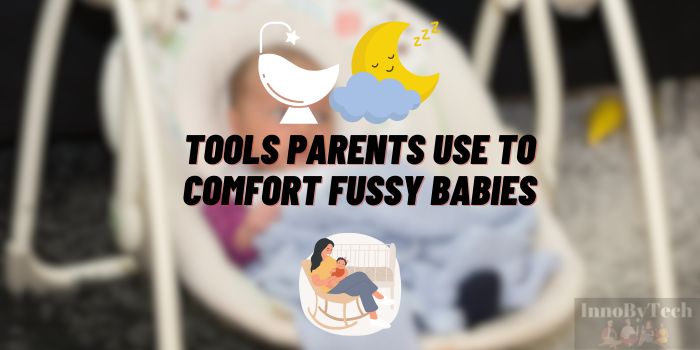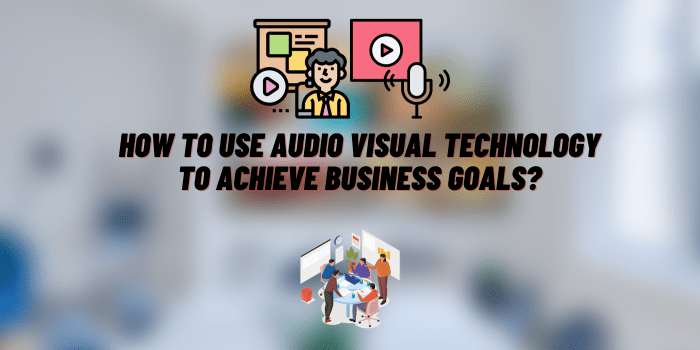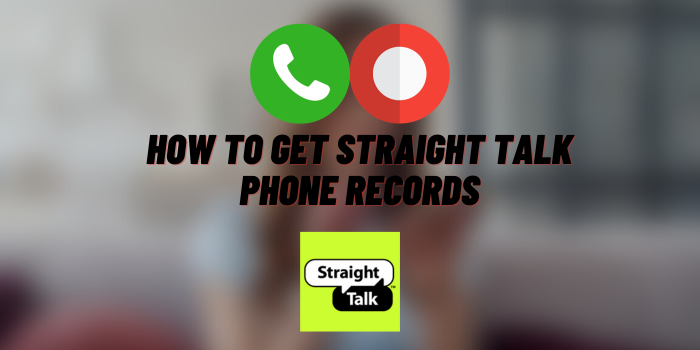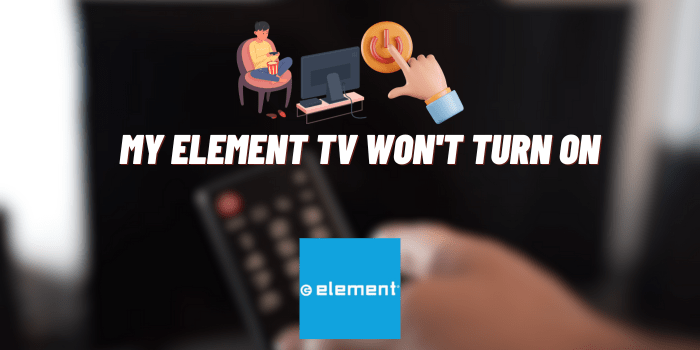From Crying to Calm: Tools Parents Use to Comfort Fussy Babies
If you’re reading this with a baby crying in the background—first, take a breath. You’re not alone. Every parent has faced those moments when nothing seems to soothe their baby. Whether it’s a growth spurt, gas, or just one of those days, calming a fussy baby can feel overwhelming. The good news? There are plenty of tools parents swear by that can help shift the mood from frantic to peaceful. Let’s walk through some of the most trusted ones.
The Power of Motion

Babies are used to constant movement in the womb—rocking, swaying, bouncing. That’s why gentle motion often works like magic. Swings, rocking chairs, or even slow walks around the house can have a calming effect.
One popular option is the Ingenuity baby swing, designed to provide gentle, consistent motion that mimics a caregiver’s soothing sway. With multiple speed settings and soft melodies, it’s a hands-free helper many parents rely on when their arms need a break.
Soothing Sounds and White Noise
White noise can be incredibly effective for babies. It masks background noise and mimics the comforting whoosh of sounds they heard in the womb. From sound machines to simple playlists, many options exist to bring calming audio into your baby’s space. Some swings and bassinets even come with built-in sound features for added convenience.
Swaddles and Weighted Blankets
A snug swaddle can make newborns feel safe and secure, almost like a gentle hug. As babies grow, wearable blankets or light, weighted options can offer a similar sense of comfort—just make sure they’re age-appropriate and safe for sleep.
Pacifiers and Teething Toys
Sucking is a natural reflex for babies that can instantly help them calm down. Pacifiers, when used responsibly, are a simple yet effective comfort tool. If teething is causing the fussiness, chilled teething toys can also bring much-needed relief to sore gums.
Babywearing and Skin-to-Skin Contact
There’s something incredibly calming about being held close. Baby carriers allow you to keep your little one snug while freeing up your hands. Skin-to-skin contact, especially in the early weeks, has been shown to reduce stress and even stabilize a baby’s heart rate.
Creating a Calm Environment
Sometimes it’s the surroundings that make all the difference. Dim the lights, lower the noise, and remove stimulating toys. A peaceful room can help a baby settle—especially when combined with one of the tools above.
When to Seek Medical Advice
While most crying is normal, sometimes it can signal something more. If your baby is inconsolable for long periods, isn’t eating well, or shows signs of discomfort, always check in with your pediatrician. You know your baby best—trust your instincts.
Conclusion
Soothing a baby isn’t one-size-fits-all. It often takes a mix of approaches, a bit of patience, and a lot of trial and error. Tools like swaddles, sound machines, and the Ingenuity baby swing can give parents that much-needed support, especially during long days and even longer nights.
Hang in there. With the right tools—and some grace for yourself—you’ll find your rhythm. And before you know it, those fussy moments will fade into a memory.






